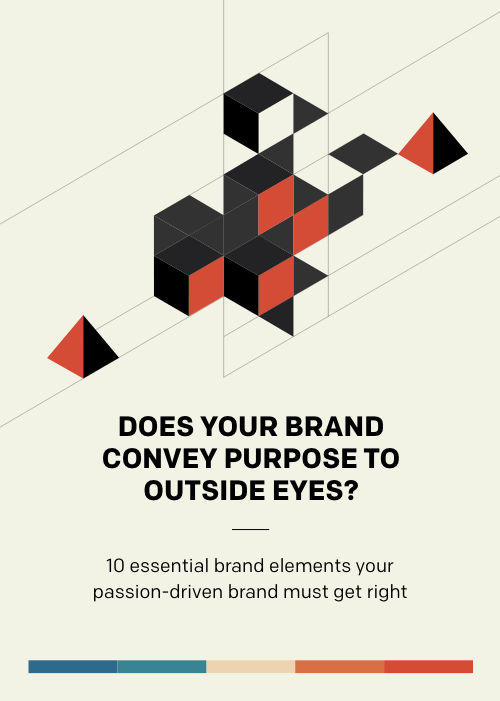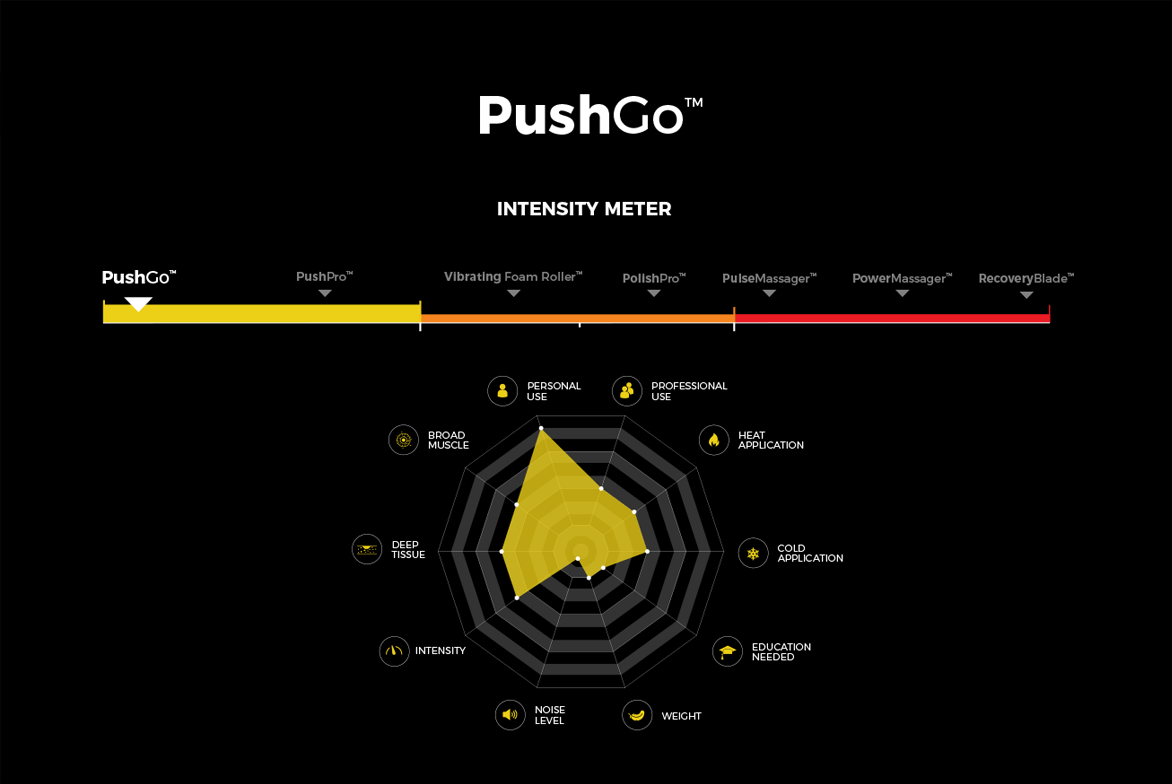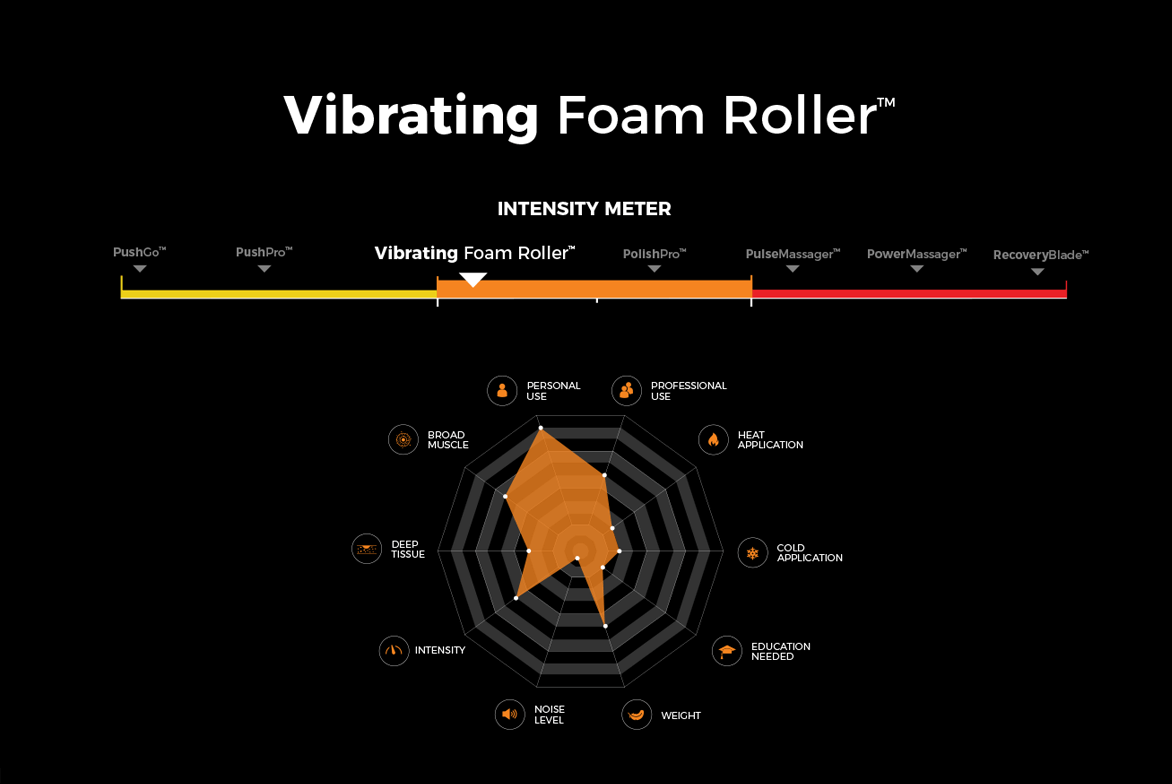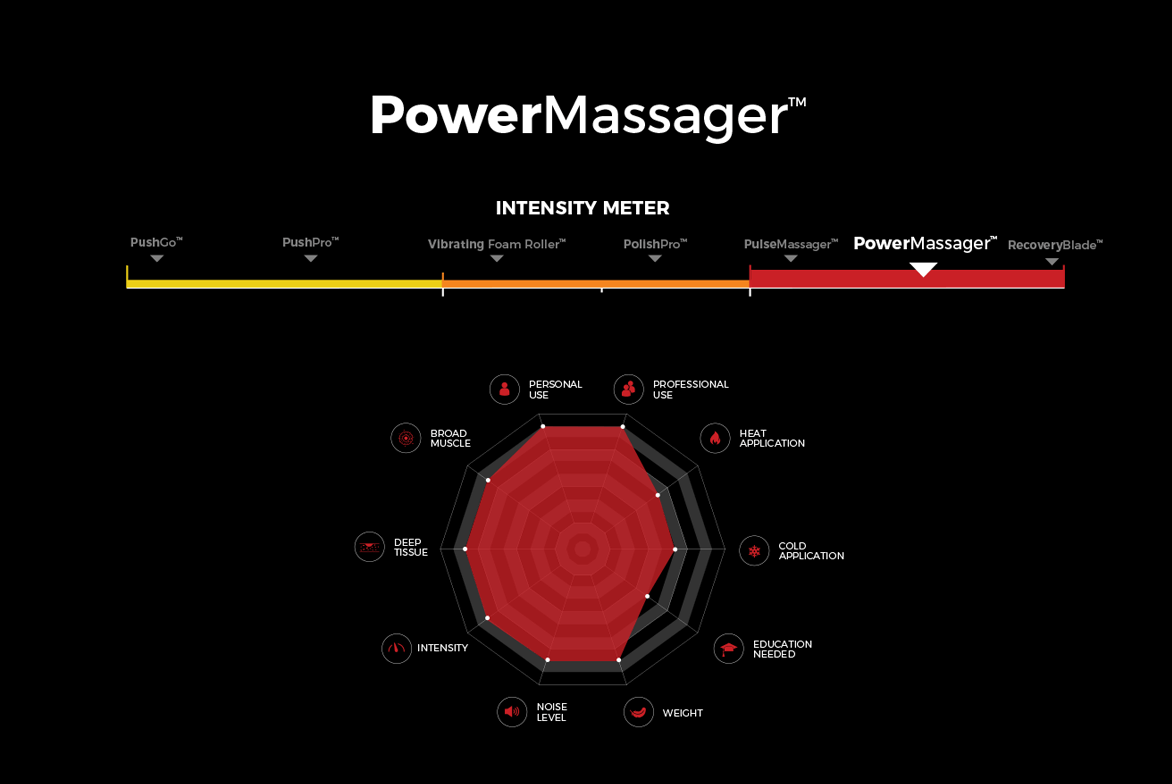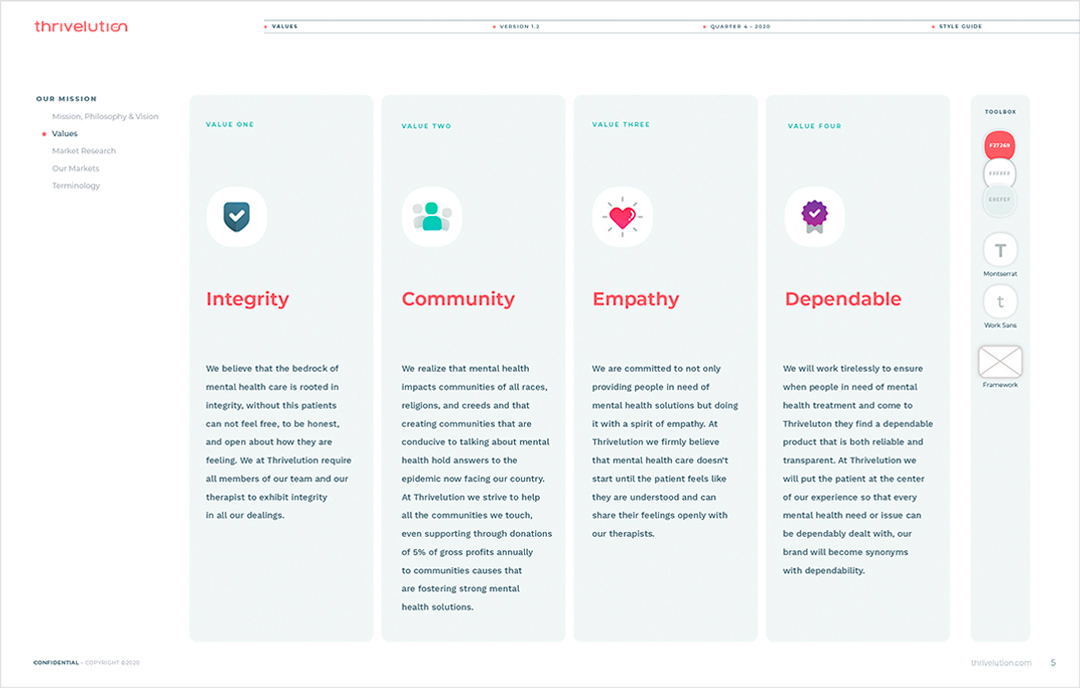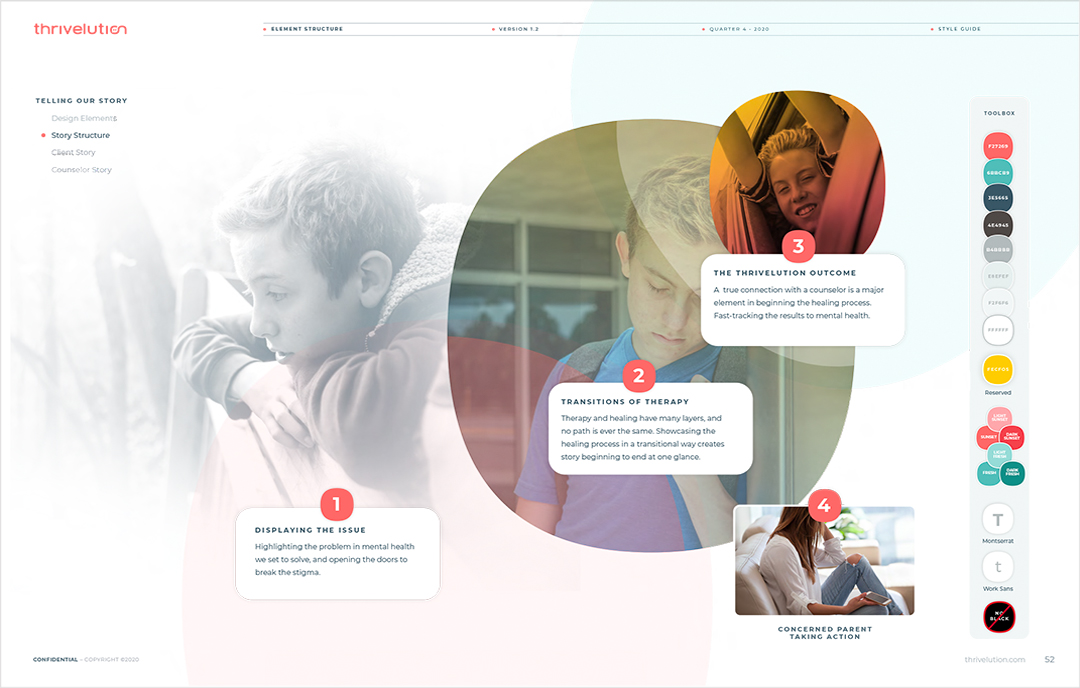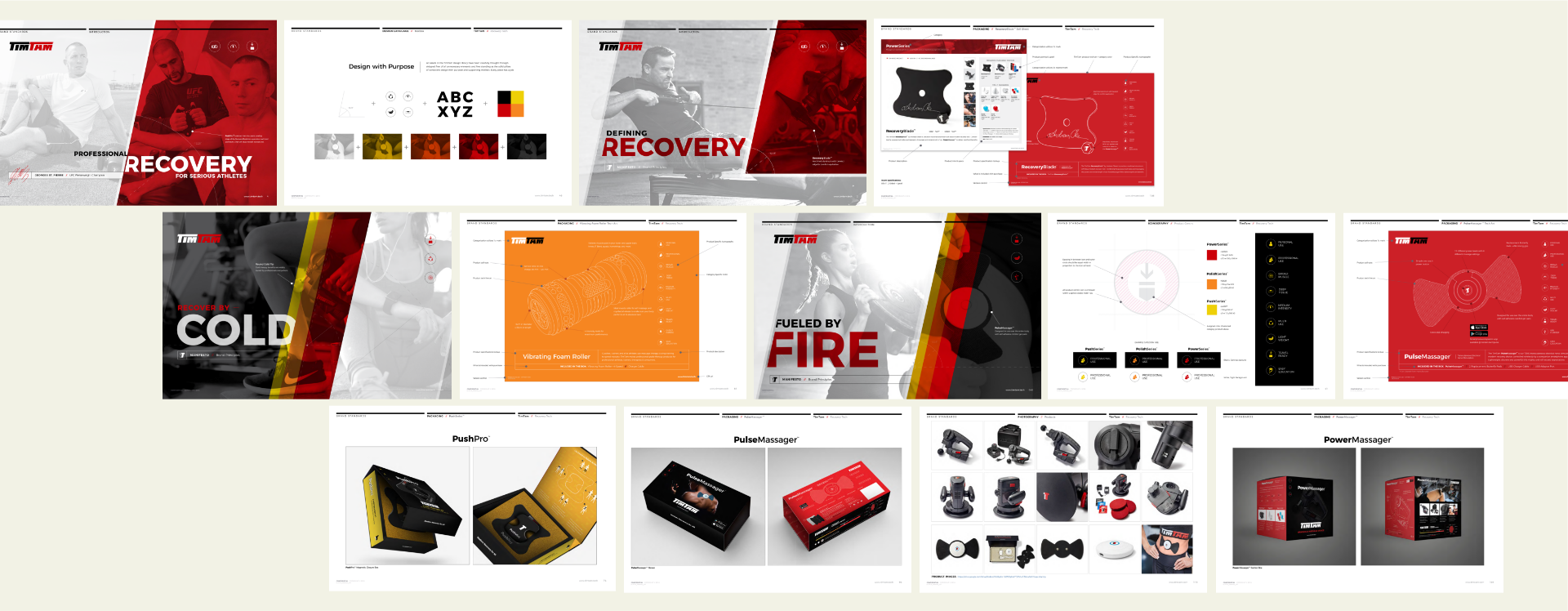Purpose
The definition of Purpose is the reason for which something is done or created or for which something exists. The way I see it is we take the overlapping circles above, and dead in the middle lies the purpose, but in simple words: It’s why your company or brand exists, and this rides on the ability to convey it to the world.
I like to start with the general theory of Simon Sinek’s Golden Circle Model for value propositions. It states that you always start with the ‘Why’. If you successfully articulate the ‘Why’ as the core focus of messaging, it becomes a very impactful way to communicate and inspire action.
So how does a brand showcase purpose, the why, the contagious passion of the entreprenuer?
Capturing unique qualities of a brand is not a one size fits all approach, but there is one core element that never changes; emotion. The key to capturing and visually conveying brand purpose is to tap into the emotional states of the viewer. To do this well, try to avoid the problem of why the product/service exists and showcase the emotional payoff.
Let’s take Nike for example. They don’t showcase the athlete on day 1, they showcase the athlete well on their journey. They empower and feed the mentality of the athlete in all of us, ‘If you have a body, you are an athlete’. This message goes far beyond the headlines; it goes into intentional imagery that captures emotion. It goes into the edgy graphic choices that capture the athletic grind. It contrasts the perfect body image media portrays, beautifying the scars and imperfection. It places hard work on a pedestal, and hard work is something everyone can emotionally relate with; the grind.
“Believe in something, even if it means sacrificing everything.” – Nike. This bold headline captures the essence of Nike’s brand messaging. Tapping into emotions can drive action, educate and empower. It can also manipulate consumers feelings and stimulate the emotional triggers that influence decision making. It can invoke anger, sadness, inspiration, and push for change.
There are many great examples of emotion driven brand messaging. Lysol, for instance, nailed it with their Protect Like a Mother campaign, which inspired, and empowered their consumer base. It was strategically launched during Mother’s Day making this campaign a home run. Additionally, Unicef also taps deep into the emotions, invoking anger. Their ‘Parenting is Also Learned’ campaign goals were to raise societal awareness about how the negative effect of violence, abuse and neglect has on a child’s development.
